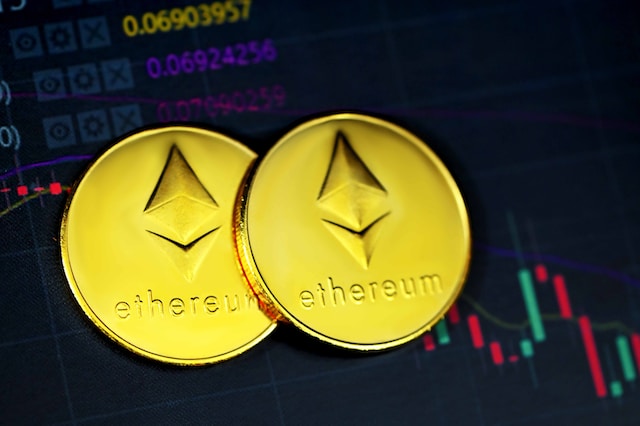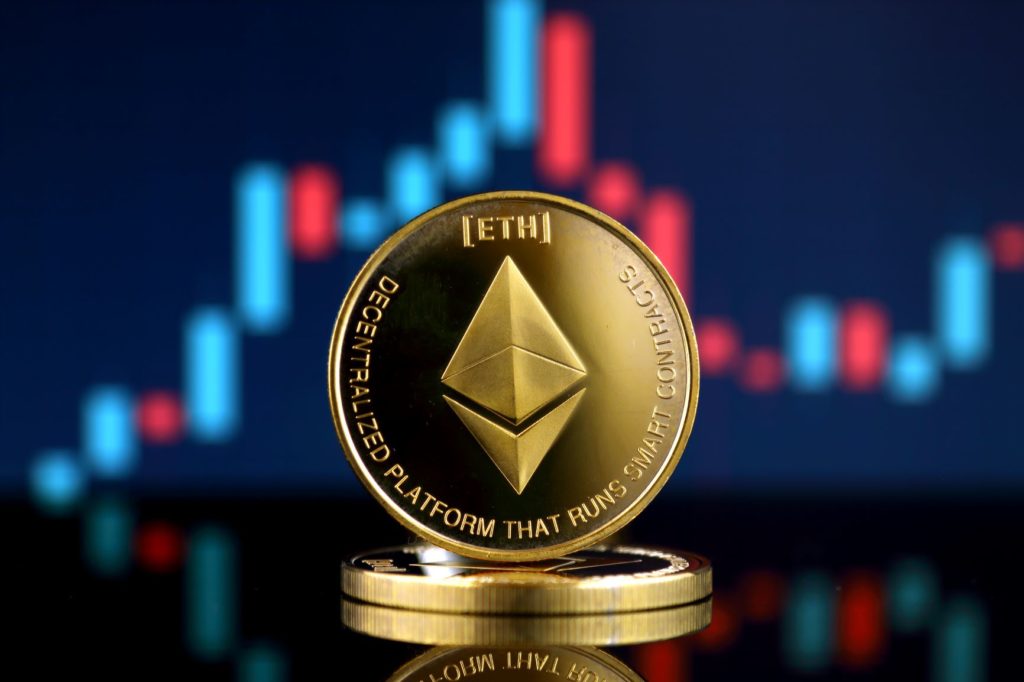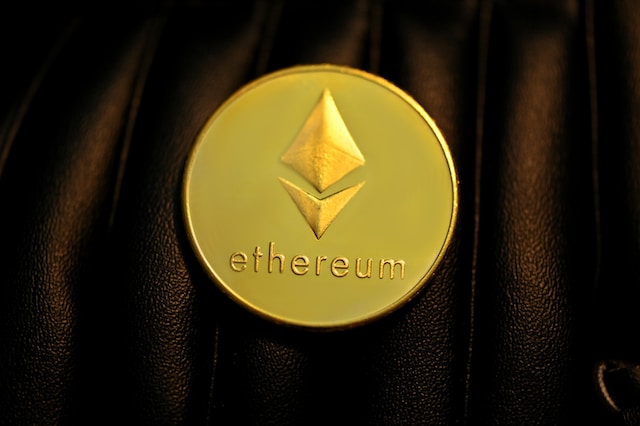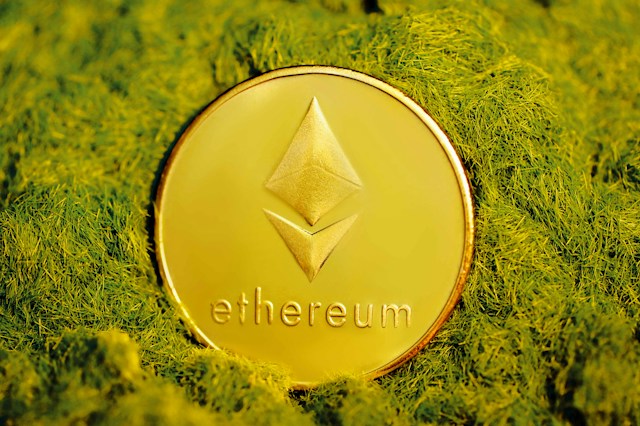3 Things Every Crypto Investor Should Know About Ethereum
The Motley Fool
Nov 27, 2024 12:58 AM
The word is out: Bitcoin (CRYPTO: BTC) is pumping, meme coins are soaring, and the broader crypto market is booming. Yet Ethereum (CRYPTO: ETH), the world's second-largest cryptocurrency, remains stuck in the doldrums. Despite its reputation as a groundbreaking blockchain for decentralized applications (dApps) and smart contracts, Ethereum has struggled to match Bitcoin's breathtaking rise or maintain pace with the majority of other cryptocurrencies.
But for ETH holders or prospective investors, there's reason for hope. While Ethereum's recent performance might seem underwhelming, several underlying factors point to potential recovery and long-term value. Here are three critical things every crypto investor should know about Ethereum today.

Image source: Getty Images.
1. Ethereum has struggled to keep pace with Bitcoin
To understand Ethereum's current position, it's essential to look at its performance relative to Bitcoin. This is best captured by the ETH/BTC chart, which measures Ethereum's price in terms of Bitcoin rather than U.S. dollars. Why does this matter? Charting ETH in BTC-based terms reveals how Ethereum fares against the market leader, providing insight into its relative strength -- or lack thereof.
For more than two years, Ethereum has been "bleeding" value relative to Bitcoin. In simpler terms, investors would have been better off holding Bitcoin instead of Ethereum during this period. For many, including myself, this has been a bitter pill to swallow.
However, there's a silver lining: ETH/BTC is now near historical lows. While this doesn't guarantee an immediate rebound, such low valuations often represent potential inflection points.
2. Why Ethereum is struggling so much
Ethereum's underperformance isn't just about Bitcoin's dominance -- it also stems from internal challenges. A key factor is the rise of Layer-2 (L2) networks, such as Arbitrum, Optimism, and Base. While these innovations are designed to scale Ethereum by processing transactions in batches, they've inadvertently disrupted one of Ethereum's core value drivers: its fee burn mechanism.
To understand this, let's break it down into smaller pieces:
- The fee burn mechanism: Since Ethereum implemented EIP-1559, a portion of transaction fees is burned (removed from circulation). This process is intended to reduce Ethereum's supply and create deflationary pressure as more transactions occur on the network.
- Layer-2 basics: Layer-2 networks batch transactions and then publish them to Ethereum's main blockchain in bundles known as "blobs." This process reduces congestion and makes Ethereum more scalable. Because they are faster and cheaper to use, Layer-2s have seen an explosion of activity.
- The Dencun upgrade: Introduced in March 2024, this upgrade made it cheaper for L2s to publish blobs to Ethereum. While this improved scalability and reduced costs, it also caused a steep decline in transaction fees paid to Ethereum's main network.
Add it all up, and the issue is clear to see. With more transactions occurring on Layer-2 networks, Ethereum's burn rate has taken a hit. While the fee burn mechanism introduced with EIP-1559 made Ethereum deflationary for nearly a year, this has changed, since Ethereum's inflation rate has climbed steadily since the Dencun upgrade went live.
3. Signs of hope for Ethereum's recovery
Despite these challenges, Ethereum's future isn't all gloom and doom. There are tangible signs of recovery and renewed momentum that investors should pay attention to.
Notably, over the past three weeks, Ethereum's transaction count (a proxy for fee generation and burn) is on the rise. Whether it's decentralized finance (DeFi) protocols, meme coin trading, or broader market enthusiasm, activity on Ethereum is increasing. If this trend continues, Ethereum could soon flip back to a deflationary state, boosting its value proposition.
Furthermore, Ethereum's developer community is actively discussing ways to address the impact of L2 networks on ETH's value. A recent proposal named EIP-7781 aim to enhance Ethereum's core performance to attract more activity and increase the burn process. While these discussions are still in early stages, they underscore that Ethereum developers are aware of the issue, and solutions could be on the horizon.
Finally, it's important to consider how broader economic factors could give Ethereum a lift. With the Federal Reserve lowering interest rates, risk-on assets like Ethereum and other cryptocurrencies often benefit. Historical trends support this: In 2019, the Fed's shift from raising rates to cutting them eventually provided a tailwind for Ethereum. This momentum grew even stronger when the Fed introduced quantitative easing, further boosting its performance.
Final considerations to keep mind
It's been a tough ride for Ethereum investors, especially over the past year and a half, as ETH has lagged behind Bitcoin and the broader market. However, this isn't uncommon. Historically, the years following Bitcoin halvings tend to be Bitcoin-dominated, with Ethereum and other assets playing catch-up later in the cycle.
While no one can predict the future, Ethereum's foundation remains strong. With increasing network activity, ongoing developer innovations, and macroeconomic tailwinds on the horizon, Ethereum appears well-positioned for a recovery. As this bull market progresses, ETH holders may find themselves rewarded for their patience.







